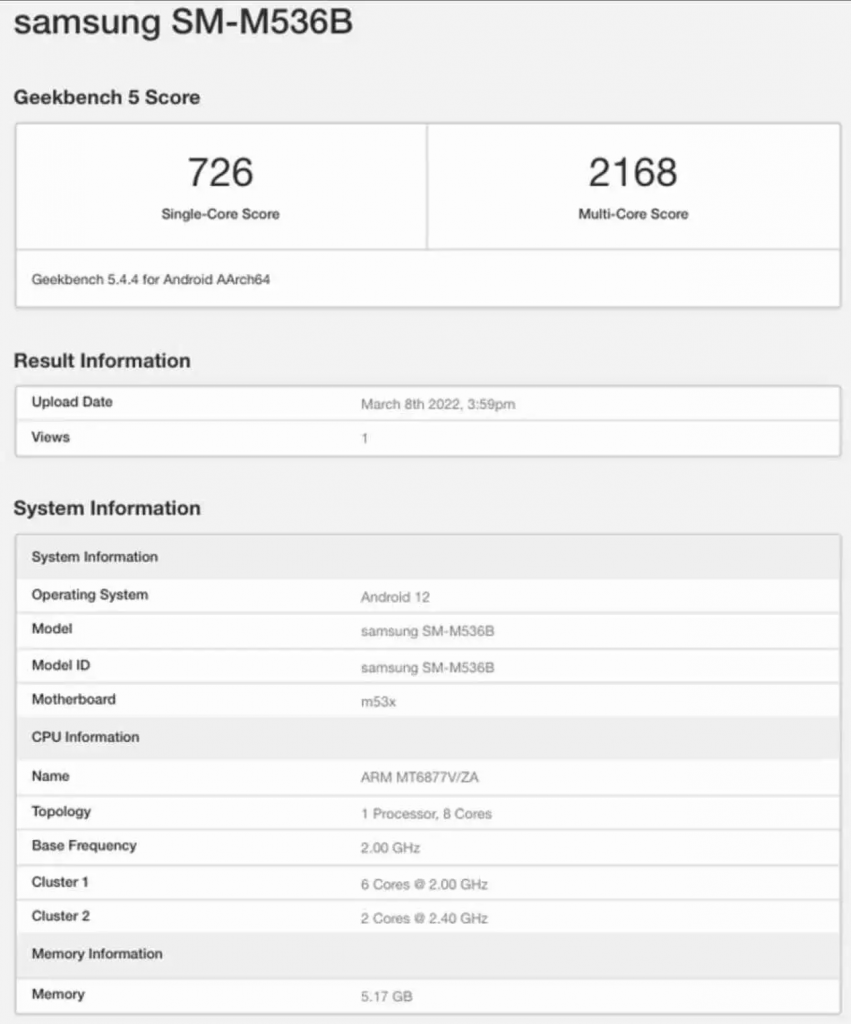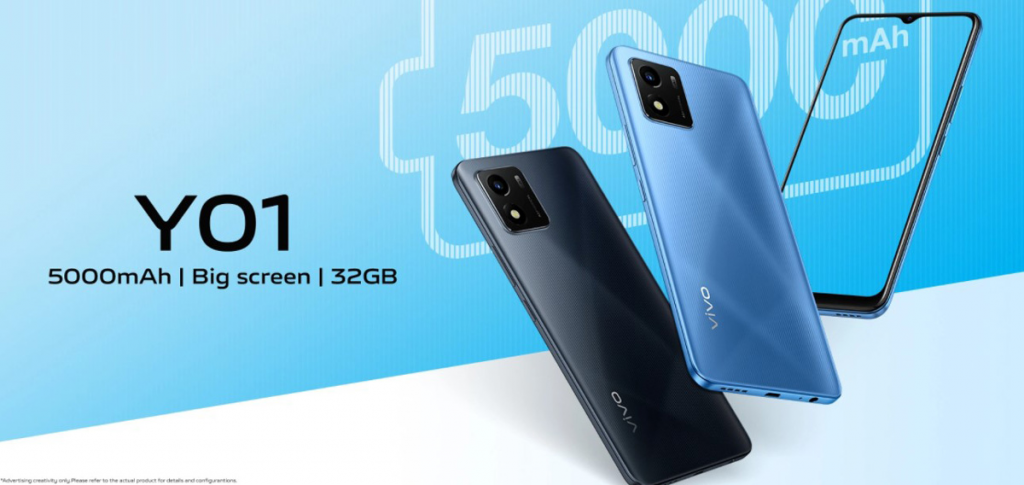Xiaomi's spin-off brand is expected to unveil the Poco F4 series soon. The lineup is tipped to include three smartphones— Poco F4, F4 Pro, and F4 GT. However, the company is yet to confirm the official launch details. Meanwhile, the former two models have made an appearance on the FCC and IMDA Certification website, respectively
[caption id="attachment_123825" align="aligncenter" width="1024"] Representative Image[/caption]
Representative Image[/caption]
Make sure to visit: Best Custom ROM for POCO X2/Redmi K30 [Android 10 + Android 11]
Starting with the standard Poco F4, the device is listed on FCC, indicating an approaching launch. The smartphone bears the model number 22021211RG. The certification mentions that the phone will boot a layer of MIUI 13 out of the box.
In addition, FCC certification rated the battery of Poco F4 as 4,400 mAh which might support 67W of fast charging. Also, there will be at least three 5G bands, including N41, N77, and N78. It will support WiFi 2.4GHz and WiFi 5GHz.
[gallery link="none" size="full" td_select_gallery_slide="slide" ids="123823,123822,123821"]
To recall, the vanilla Poco F4 was also spotted on Geekbench benchmarking website. The database confirms that the handset will offer Android 12 OS pre-installed. Moreover, it will equip a Snapdragon 870 SoC underneath paired with 12 GB RAM.
Moving forth to the Poco F4 Pro 5G, the device arrived with model number 22021211G on the IMDA website. Previously, it also arrived on the IMEI database. Unfortunately, there's not much we could gather from the listing.

Reportedly, the Poco F4 Pro 5G will be available in 8 GB + 128 GB, 8 GB + 256 GB, and 12 GB + 256 GB storage variants. TO mention, the smartphone is suggested to arrive as Xiaomi 12X Pro in India or a rebadged Redmi K50 Pro+.






 2:44 PM
2:44 PM
 Simranpal SIngh
Simranpal SIngh

















